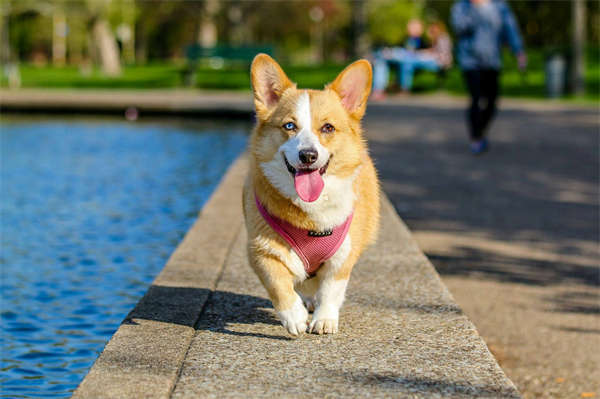When it comes to your canine friends wellbeing, their respiratory health is of paramount importance Dyspnea, or

When it comes to your canine friend's wellbeing, their respiratory health is of paramount importance. Dyspnea, or labored breathing, is a condition common among dogs, indicating that something is amiss. This article provides a comprehensive overview and throws light on dyspnea in dogs — its symptoms, triggers, diagnosis, potential treatments, and preventive measures. With this information, you can quickly spot when your dog is struggling and take appropriate steps. Remember, always consult a veterinarian if your dog exhibits labored breathing as it could signal a major health issue.
Understanding Dyspnea in Dogs
Dyspnea is the term for labored or difficulty in breathing, which is often a sign of some medical problem in dogs. Unlike ordinary panting, which occurs due to physical exertion, heat, or excitement, pathologic dyspnea signifies a potential health concern. Observing the signs following such episodes can help you assess if your dog is struggling with its breathing.
Identifying Dyspnea
Dyspnea arises from the disruption in a dog's normal respiratory pattern, resulting in the need for more effort to breathe. If your dog pants excessively for no conspicuous reason, it should be evaluated promptly by a veterinarian.
Signs of Dyspnea
The manifestations of dyspnea differ among dogs and vary with the medical condition causing it. Unusual signs may include wheezing, coughing, restlessness, ceaseless movement, unwillingness to engage in play activities, or stretched-out panting.
Wheezing and Coughing
Wheezing, an abnormal, usually high-pitched sound, may be noticeable when your dog breathes in or out. Coughing may occur due to the irritation of the respiratory tract or fluid in the lungs, sounding wet or dry.
Root Causes of Dyspnea in Dogs

Dyspnea in dogs stems from various medical problems. Given the life-threatening nature of some of these conditions, seeking immediate veterinary care upon spotting signs of dyspnea is fundamental.
Common Disorders Leading to Dyspnea
Several conditions can induce dyspnea in dogs. Some prevalent ones include heart disease, pneumonia, collapsing trachea, laryngeal paralysis, various types of cancers, parasites, heatstroke, anemia, and asthma.
The Role of Serious Health Issues
Terminal health issues like lung cancer or severe trauma might precipitate dyspnea in your dog. In such instances, the prognosis is generally unfavorable, and your veterinarian may propose quality-of-life management if your pet's suffering is acute.
Diseases that Can Be Managed
Conditions such as parasites, infections, and heart diseases can be successfully treated if diagnosed early on. However, the role of precise diagnosis and timely treatment is pivotal in preventing the condition from becoming more severe.
Diagnosis and Treatment of Dyspnea in Dogs
It's essential to consult your veterinarian for the accurate diagnosis and treatment plan for your dog's dyspnea. Depending on the severity and underlying cause, treatment can vary.
Diagnostic Procedures
Determining the cause of the labored breathing often encompasses a detailed history, thorough examination, blood work, chest X-rays, and measuring the oxygen levels in the blood. Advanced diagnostics like CT, MRI, and echocardiography could also be necessary.
Labored Breathing Treatment Methods
Treatments hinge on the root cause of the dyspnea. They may include sedation, hospitalization, intravenous fluids, medications, oxygen therapy, thoracocentesis, blood transfusion, or surgical options.
Management of Severe Cases
In cases accompanied by severe distress, your vet may discuss measures for managing the quality of life for your pet. Intense dyspnea can lead to significant discomfort, possibly making your pet feel like it's suffocating or drowning.










